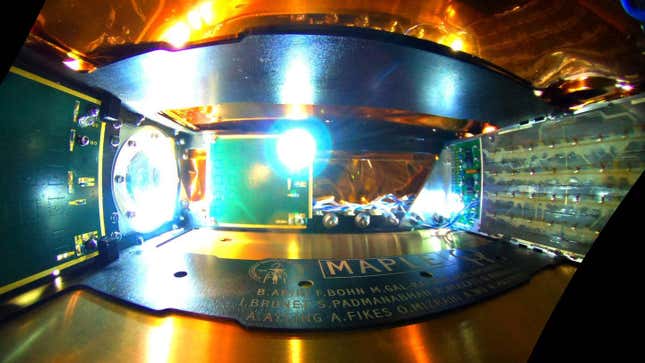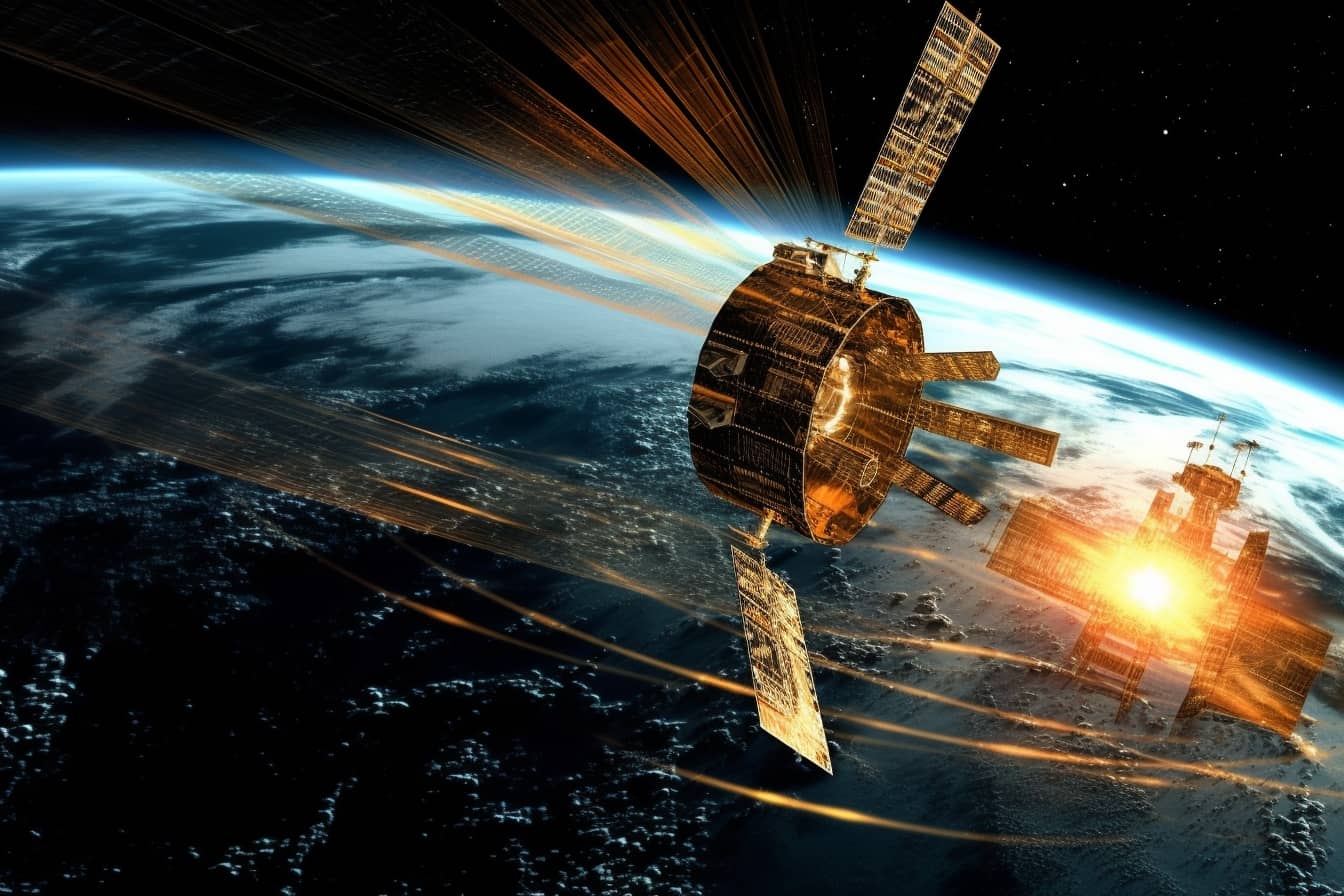I begin this article with a good dose of genuine amazement. Imagine a field of solar panels floating in the darkness of space, capturing sunlight continuously, 24 hours a day. Now imagine radio waves concentrated into a beam of energy flying from these panels to us on this blue planet and quarrelsome. Space solar energy.
Sounds like a sci-fi movie, right? We talked about it some time, but it was all in preparation. Now it has come true. It happened right now, at the California Institute of Technology, better known as Caltech. And it's the first time in history.
Congratulations on the transmission
The Caltech team of researchers, led by the co-director of the Space Solar Power Project, Ali Hajimiri, announced to have sent space solar energy to Earth without using a single cable. All thanks to MAPLE, a small prototype launched into orbit last January. What is it about? How did they do it?
One thing at a time. The device MAPLE (Microwave Array for Power-transfer Low-orbit Experiment), sent into orbit last January, collects space solar energy through two panels. This energy is then converted into direct current and sent through a beam of radio waves to a receiver on the roof of the Gordon and Betty Moore Laboratory of Engineering, in Pasadena. During the experiment, the energy received was used to power two small LEDs inside MAPLE.
Two small lights that light up an immense beacon on the coming decades.

Space Solar: Towards a Wireless Energy Future
“Just as the internet has democratized access to information, we hope that wireless transmission of space solar will democratize access to energy,” says Hajimiri. This new technology could send energy to remote regions or regions affected by war and natural disasters, without the need for onshore transmission infrastructure.
The possibility of transmitting energy from space has thus forcefully emerged from the hypotheses that we are already within rational estimates. It could change the game of renewable energy to the point that nations like Japan plan to start using it as early as the mid-30s. My daughter will be 18 years old.
A space solar plant would be able to operate 24 hours a day, overcoming the night-time pause that interrupts the collection of solar energy on the ground, and could send energy to the planet at costs that would gradually become more affordable.
May this reality come as a blessing upon us. Decline and not be prey to (too many) interests and greed. Let's pray.


